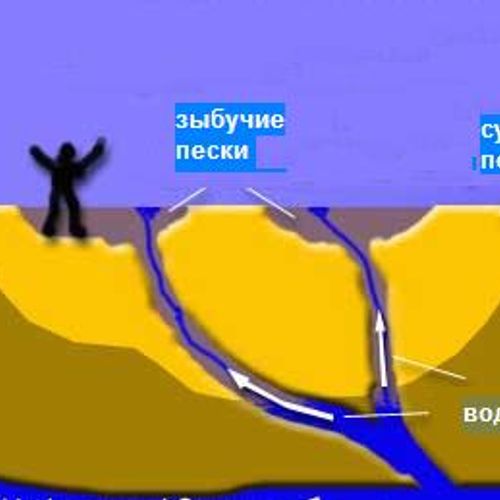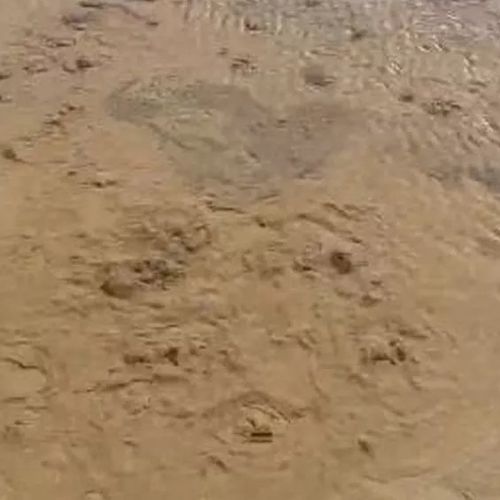
| Added | Mon, 05/06/2023 |
| Sources | |
| Феномены | |
| Version type |
A spring (spring, spring, krinitsa) is a natural outlet of groundwater to the earth's surface on land or under water (underwater source). According to temperature, springs are divided into cold, warm, hot and boiling.
The formation of sources can be caused by various factors:
- the intersection of aquifers with negative forms of modern relief (for example, river valleys, gullies, ravines, lake basins),
- geological and structural features of the area (the presence of cracks, zones of tectonic disturbances, contacts of igneous and sedimentary rocks),
- filtration heterogeneity of water - bearing rocks, etc.
Springs are: ascending — pressure and descending — non-pressure; temporary (seasonal) and permanent, etc.
Quicksand (swell) — sands oversaturated with air (in the desert — with gas or hot vapors) or moisture from ascending sources, and therefore capable of sucking objects falling on them into the depths. They are diverse in nature, but always devoid of fine-grained impurities. Due to evaporation or a thin film of water enveloping the grains of sand, the adhesion between them is extremely small.
It is a non-Newtonian fluid (viscosity depends on the velocity gradient).
Quicksand is located on the shores of seas, lakes and rivers (where ascending springs are usually common), but it can also occur far from the coast — both on plains and in mountains and deserts.
If you have managed to find quicksand deep enough to get stuck in them, then still, your situation is not hopeless. The first thing to do is to stop randomly moving your arms and legs, trying to escape from the absorbing mass. Quicksand absorbs an object only when it moves. The best way to get out is to grab onto nearby bushes or hanging tree branches. You can also lean on a wide and solid support, such as a board. Even if none of this turned out to be nearby, it is still possible to get out. The main thing is that all movements are smooth. Gradually moving your hands, you can "swim" in quicksand. Moving slowly to the shore, sooner or later you will reach a shallow place that will allow you to get out of the trap.
Related news
Log in or register to post comments


